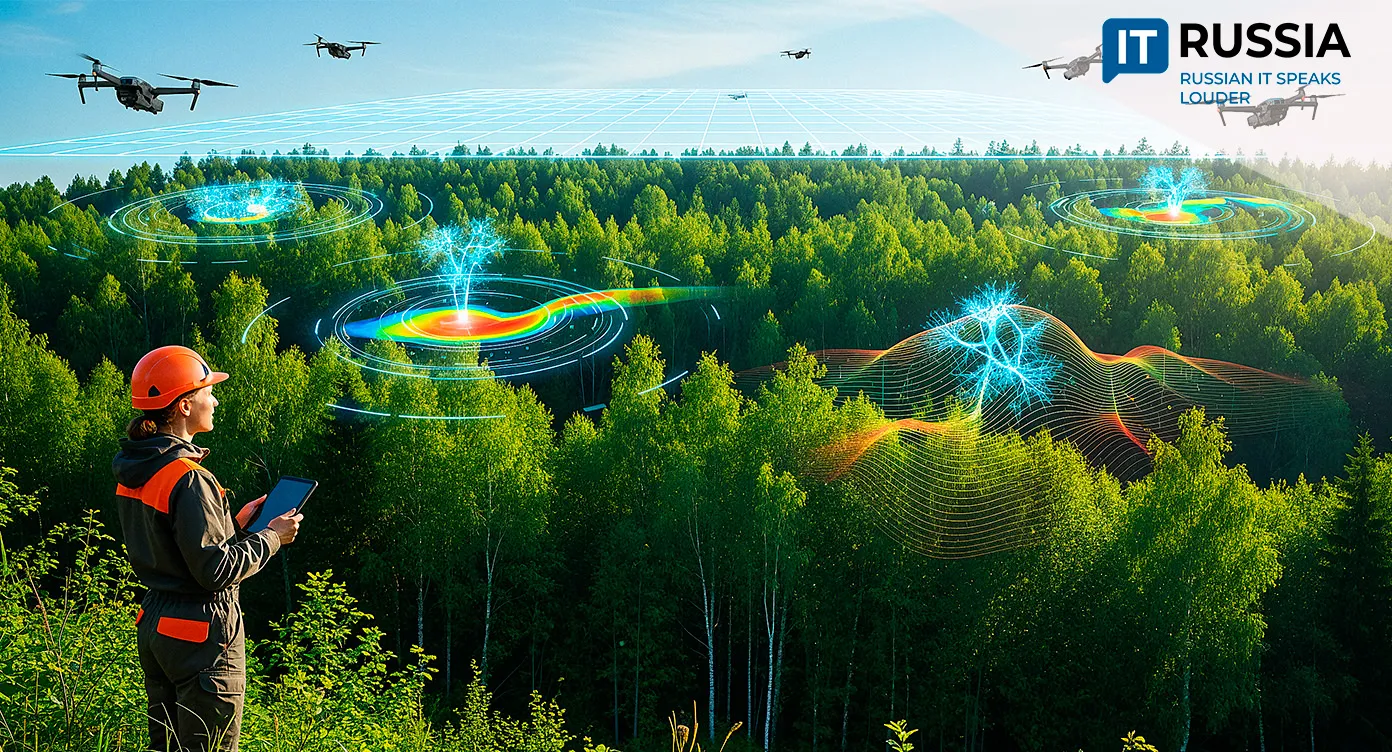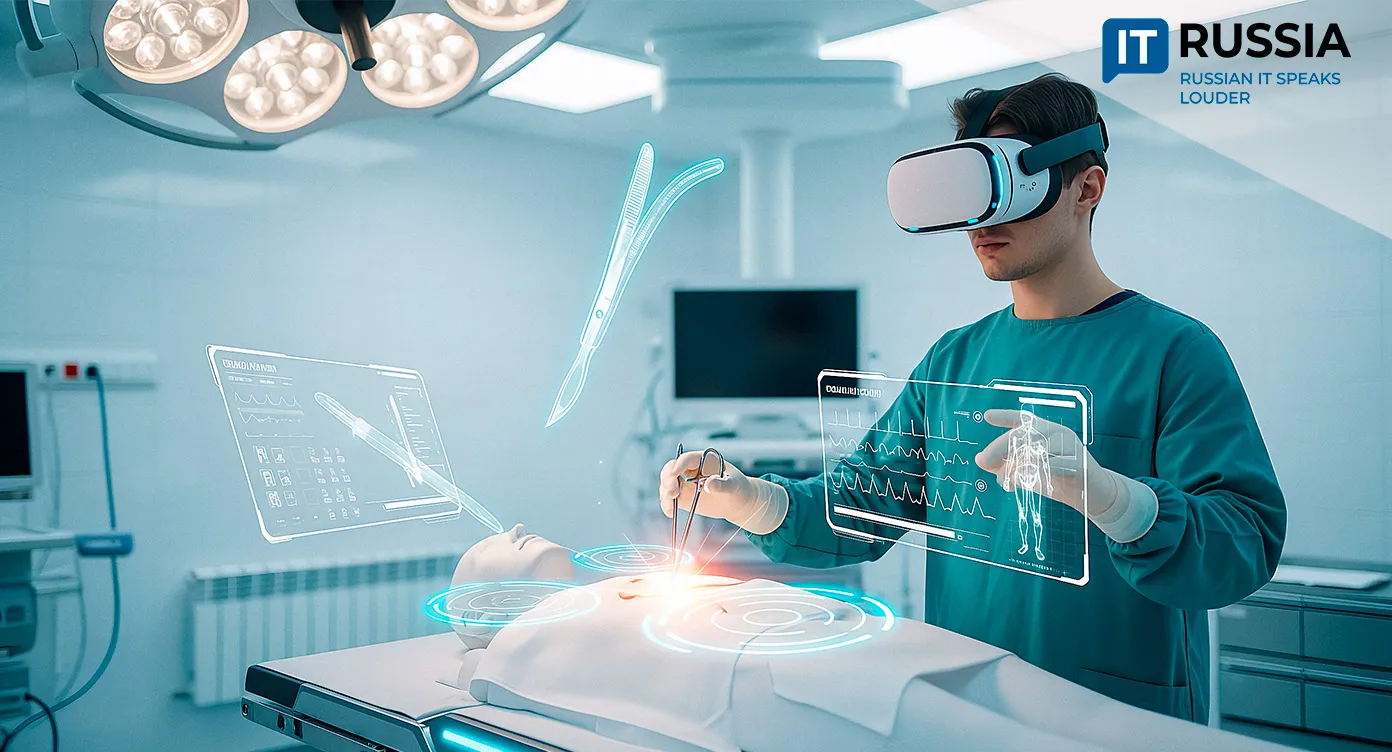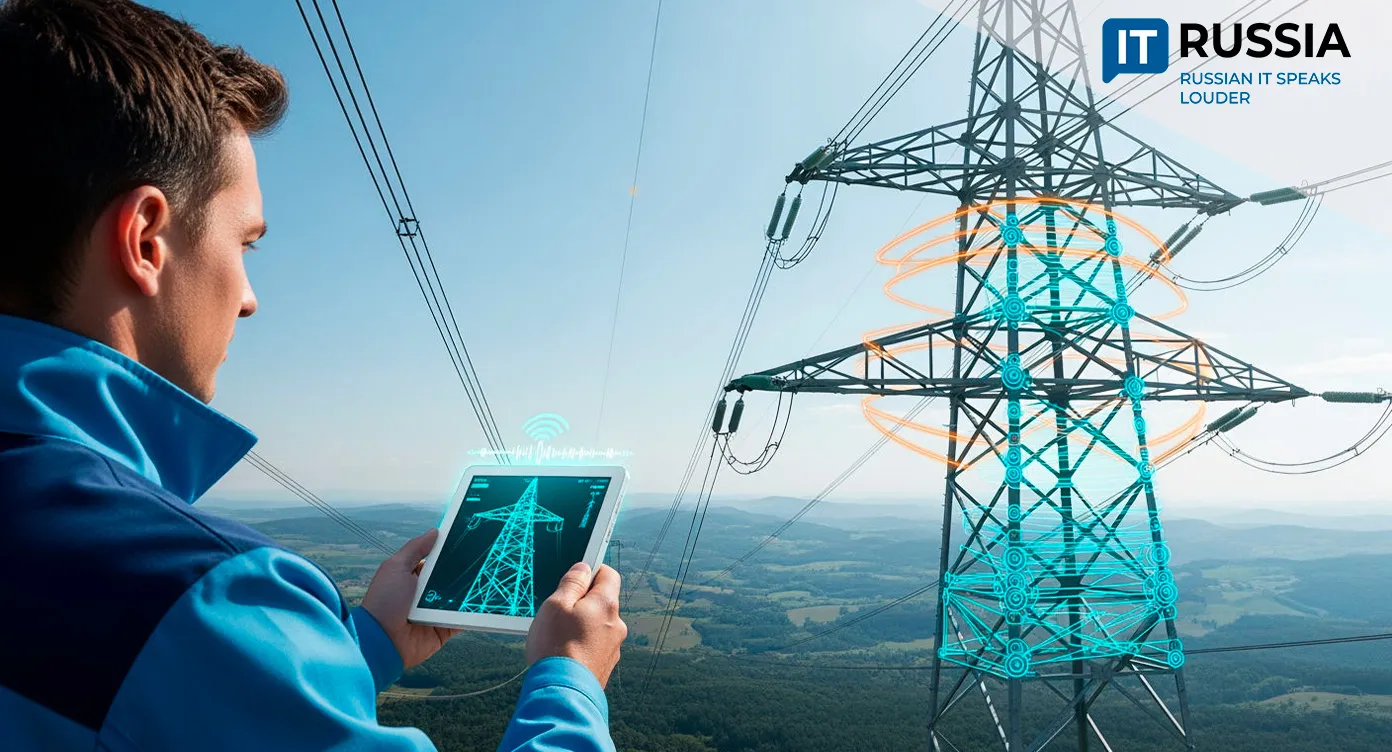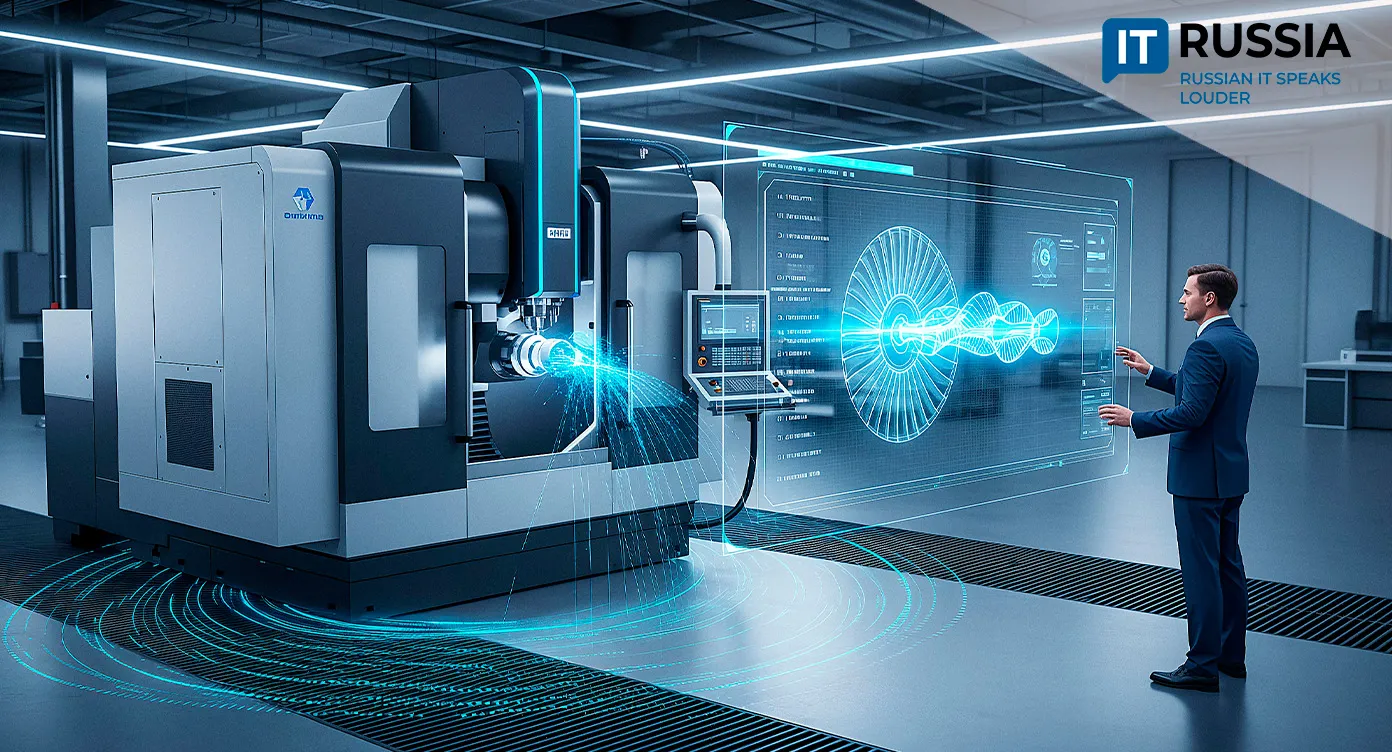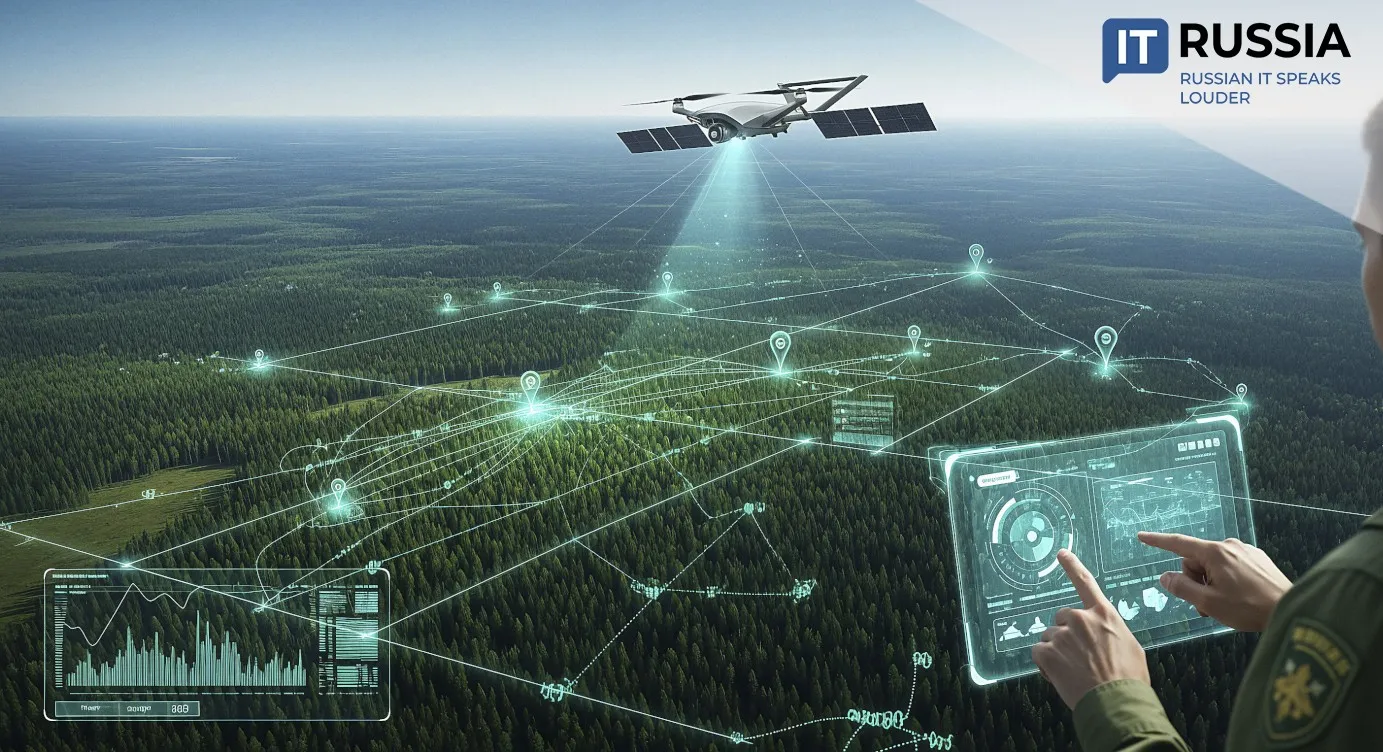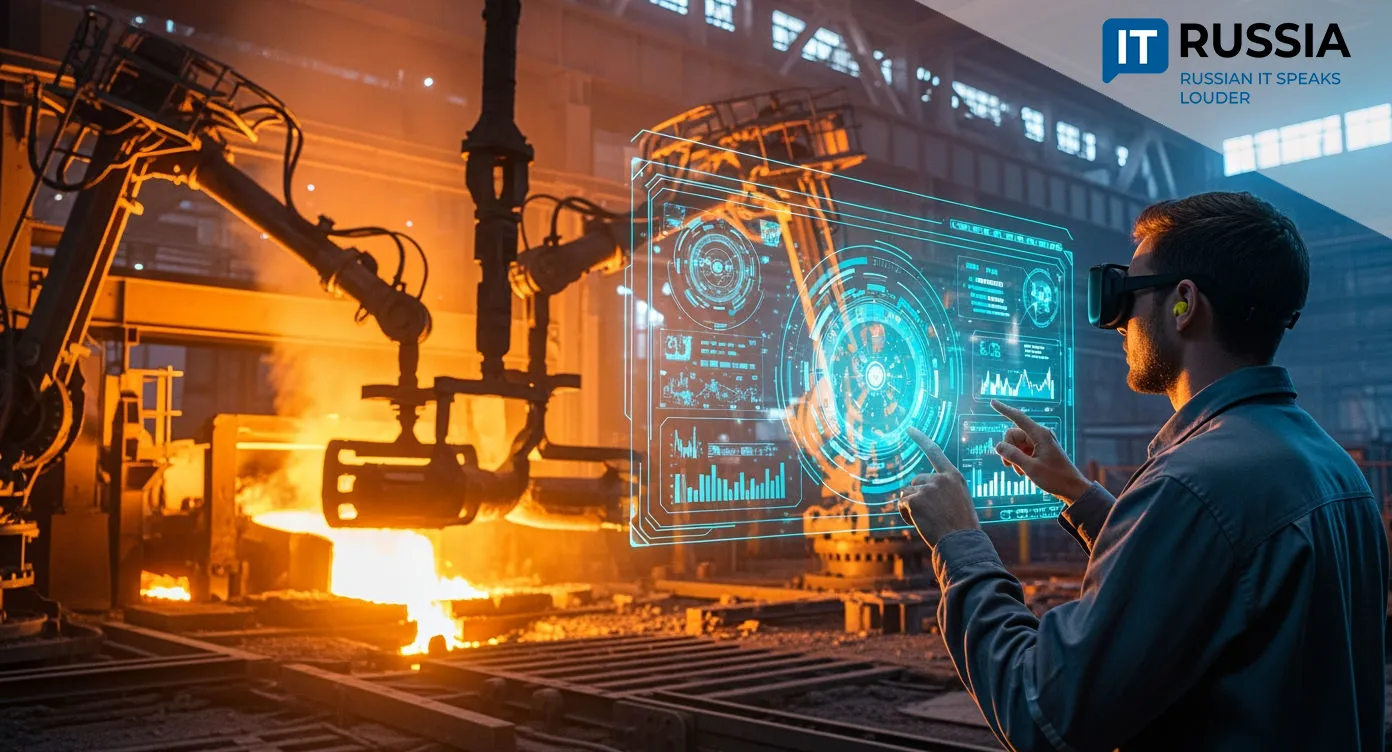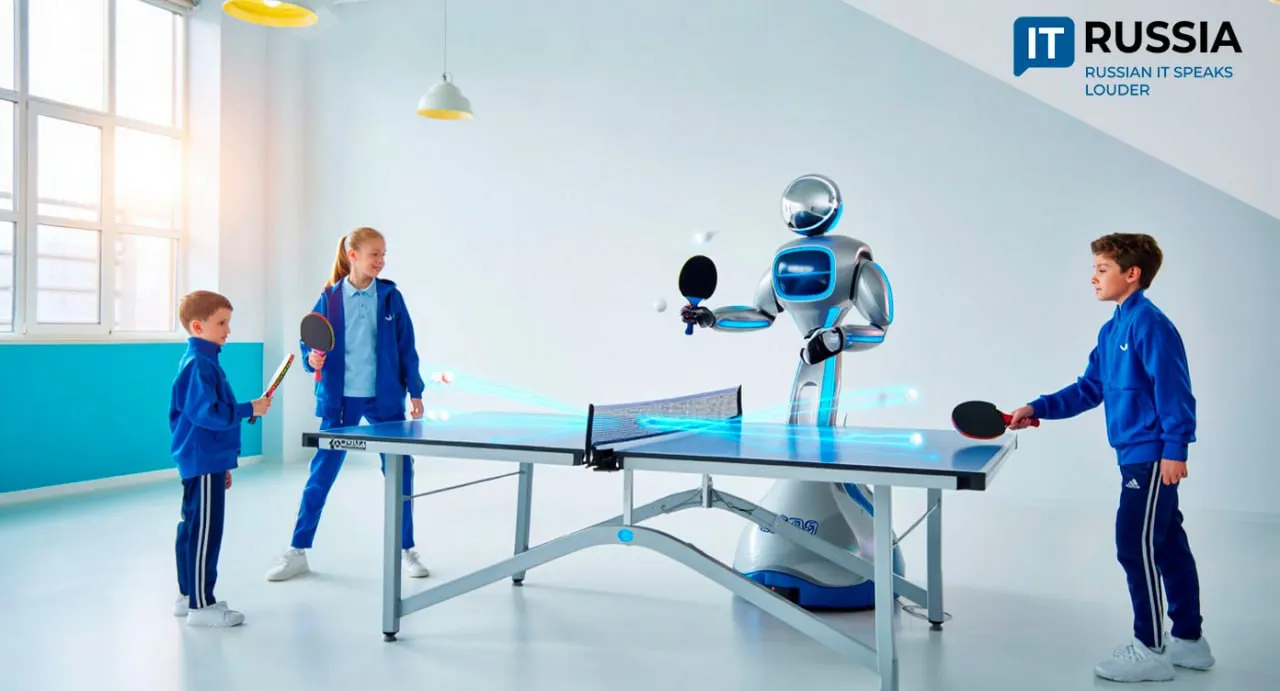Humanoid Robots Are No Longer Science Fiction in Russia
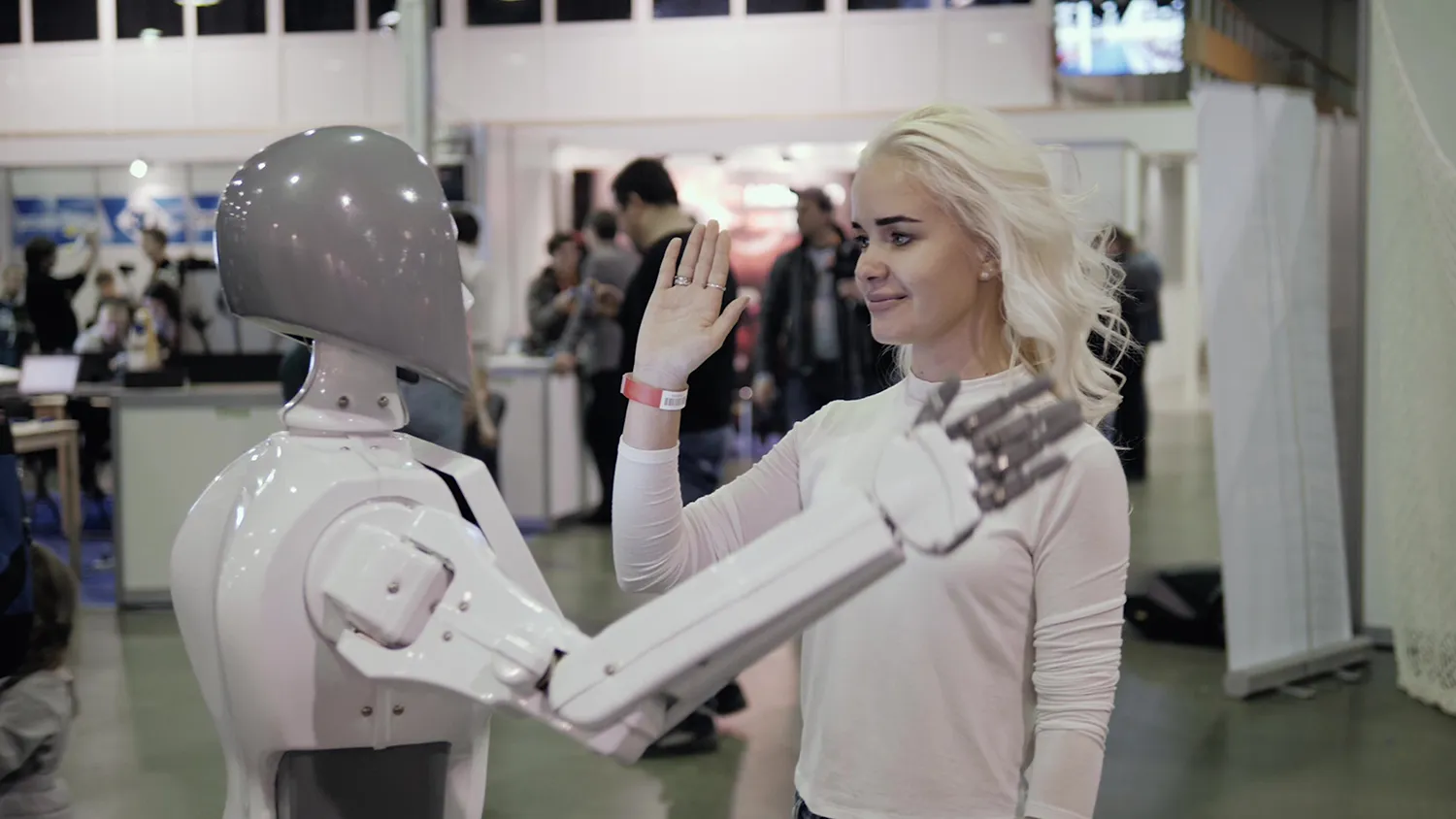
Russian researchers are pushing the frontier of humanoid robotics, bringing androids the size of real humans from science fiction into scientific labs—and potentially into everyday life
From Sci-Fi to Scientific Reality
The dream of building humanoid robots has captivated imaginations for more than a century. Now, researchers at the Moscow Institute of Physics and Technology (MIPT) are building life-sized androids capable of mimicking human actions. According to Yegor Davydenko, head of humanoid robotics at MIPT’s Laboratory of Wave Processes and Control Systems, the lab began designing small soccer-playing bots back in 2018. Today, their ambition has scaled to full-sized prototypes, built not for sale but to explore new scientific and engineering frontiers.
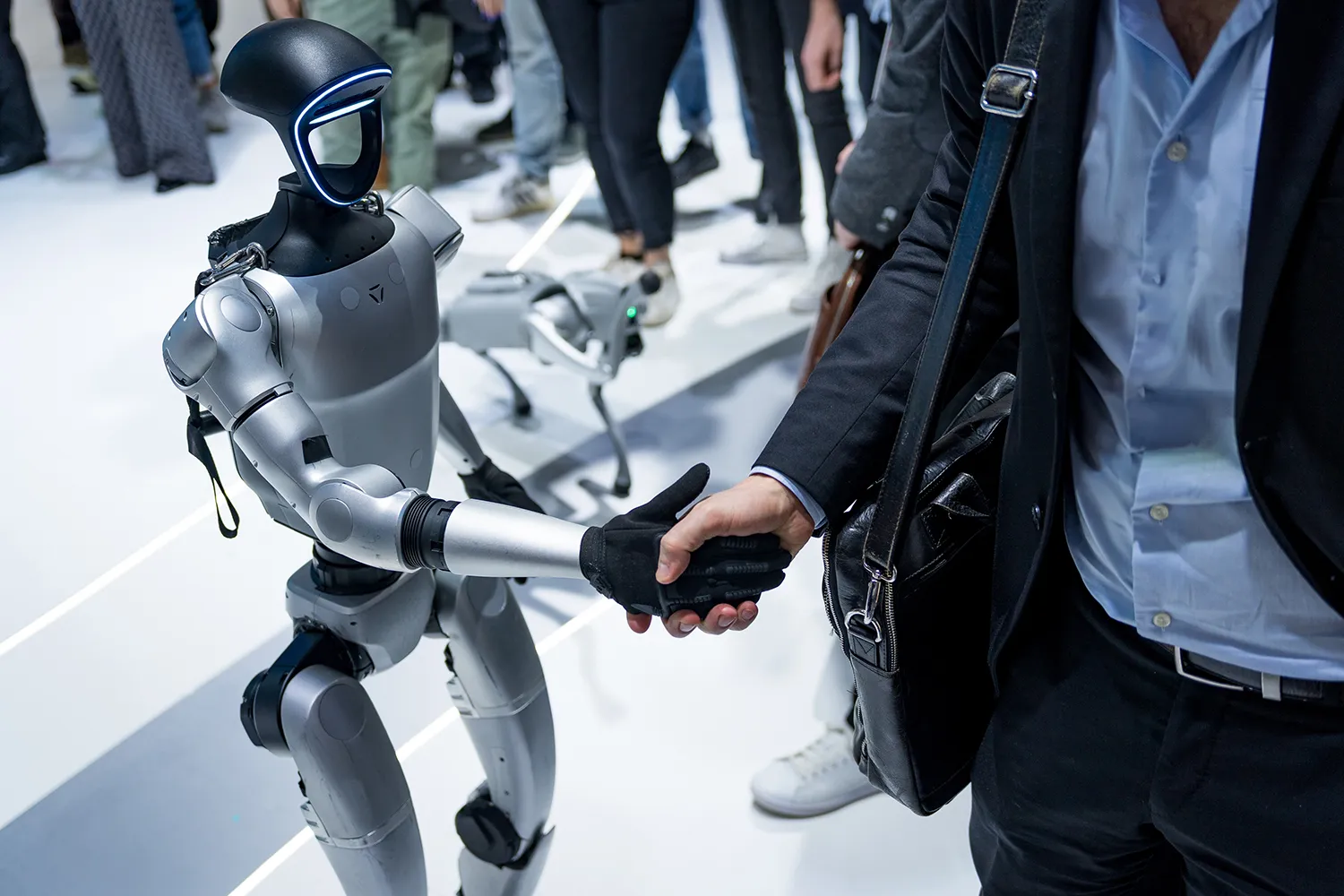
Toward Real-World Applications
These robots, powered by artificial intelligence, could one day serve as couriers or warehouse workers. Major manufacturers like BMW and Mercedes, along with digital retailers such as Amazon, have already begun testing humanoid robots on factory floors and fulfillment centers. These early trials aim not just to fill labor shortages but also to collect valuable data for training more sophisticated AI systems.
“We’re also experimenting with various walking platforms and improving control algorithms using AI,” said Roman Gorbachev, head of the Center for Applied AI Systems at MIPT, in an interview with Gazeta.ru. “These robots won’t just work—they’ll learn.”
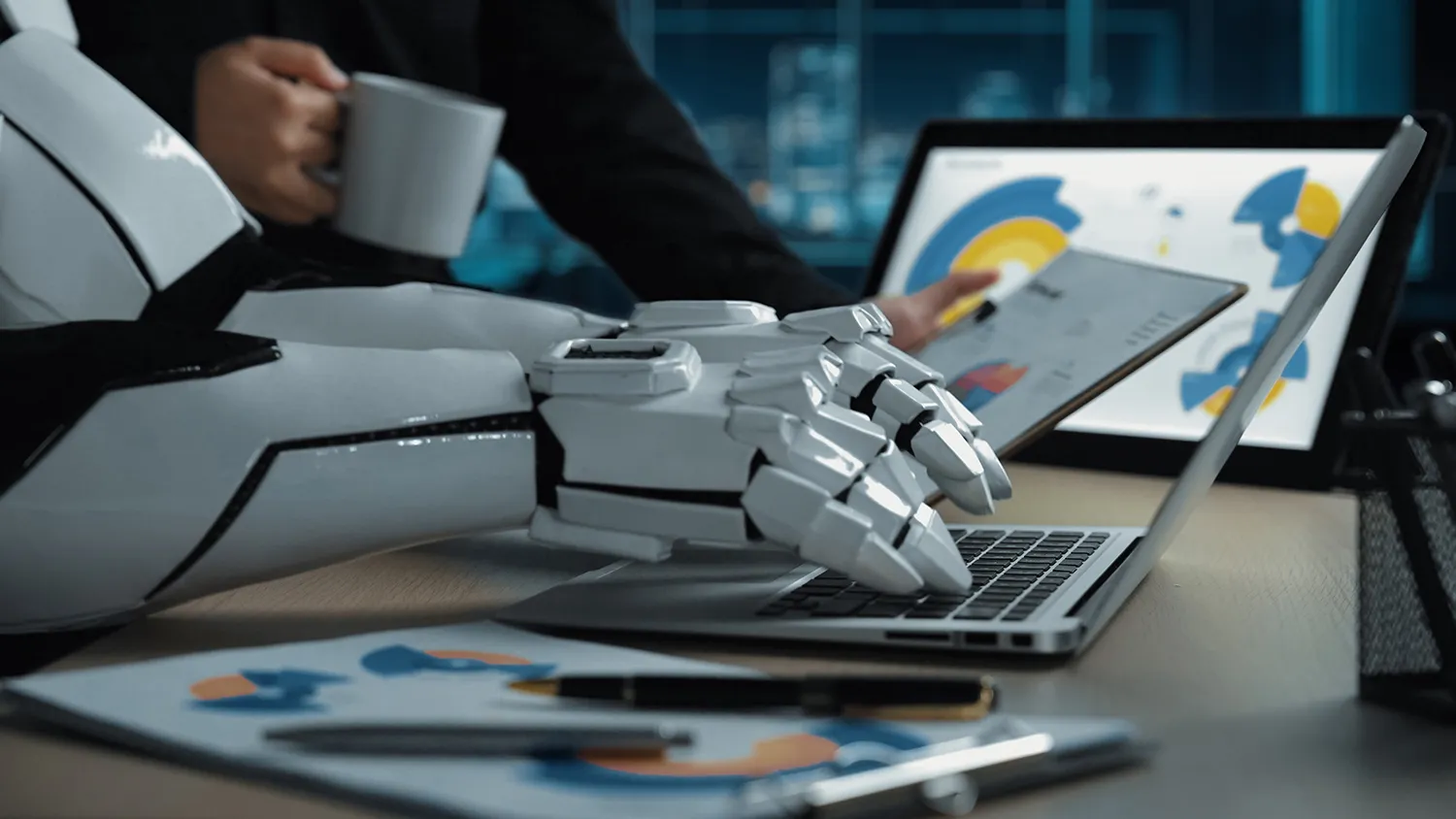
Government-Backed Innovation
Russia’s leadership sees robotics as a cornerstone of its industrial future. In October 2023, President Vladimir Putin discussed the field’s importance with Denis Manturov, Minister of Industry and Trade, who confirmed a $3.3 billion (300 billion ruble) investment in robotics through 2030. Manturov described the move as unprecedented, and Putin gave his full support.
The results are already visible. At the St. Petersburg International Economic Forum in June 2025, Russian company Promobot unveiled ‘Ardi,’ the nation’s first humanoid concierge robot. Ardi can recognize faces, submit maintenance requests, grant building access, and even process utility payments.
Yandex has also announced interest in developing humanoid robots, with support from its newly launched technology venture arm, Yet Another Tech Fund.
The Next Phase
Experts believe we’re only a few years away from wider adoption. Humanoid robots offer a distinct advantage: they require no new infrastructure. Built with human-like proportions and movement patterns, these machines can navigate environments designed for people.
Potential applications range from logistics and industrial inspection to hospitality and home care. Thanks to Russia’s dual advances in robotics and AI, the country is poised to become a global leader in the development of humanoid systems.
Expert Insight
“The world around us is built for humans,” explained Davydenko. “If a robot differs from a human worker, you’d need to redesign the workplace to accommodate it. But if you don’t want to adapt the space, you have to design a machine that fits into the human world.”
That’s where humanoid robots come in. They mimic human physiology and perform tasks modeled after real-life labor scenarios. But, Davydenko cautions, they are also the most complex machines to engineer.




